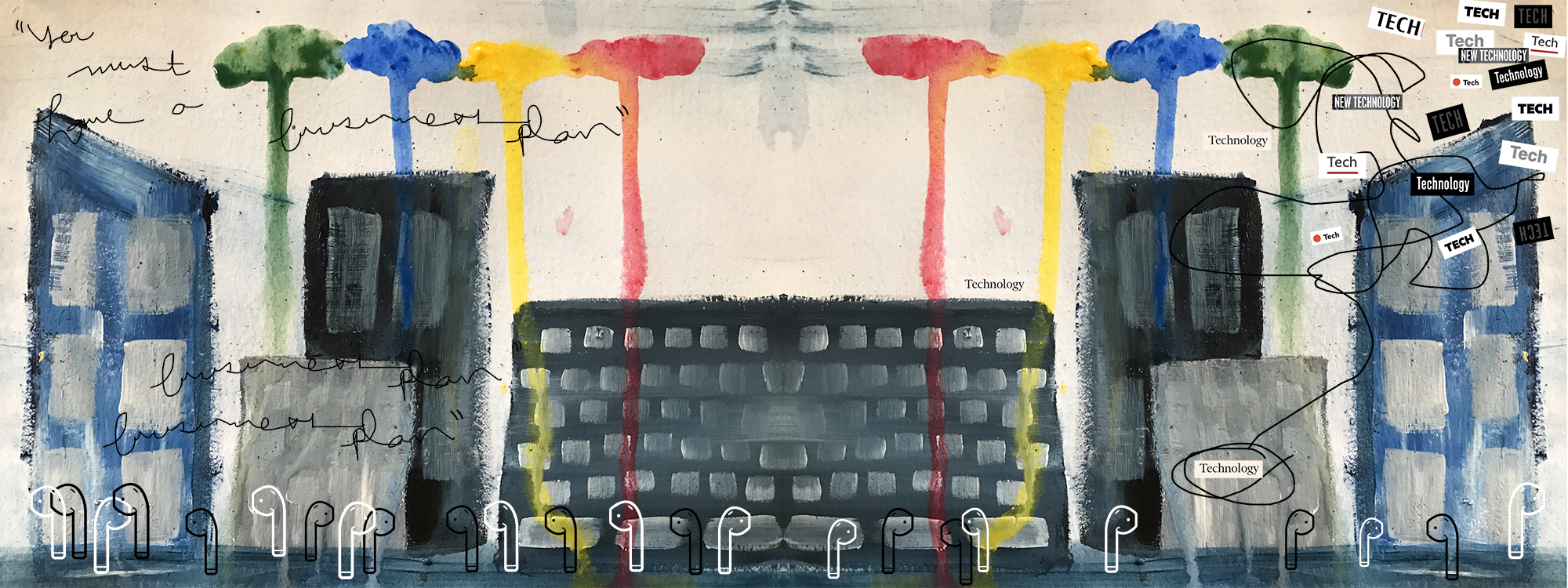
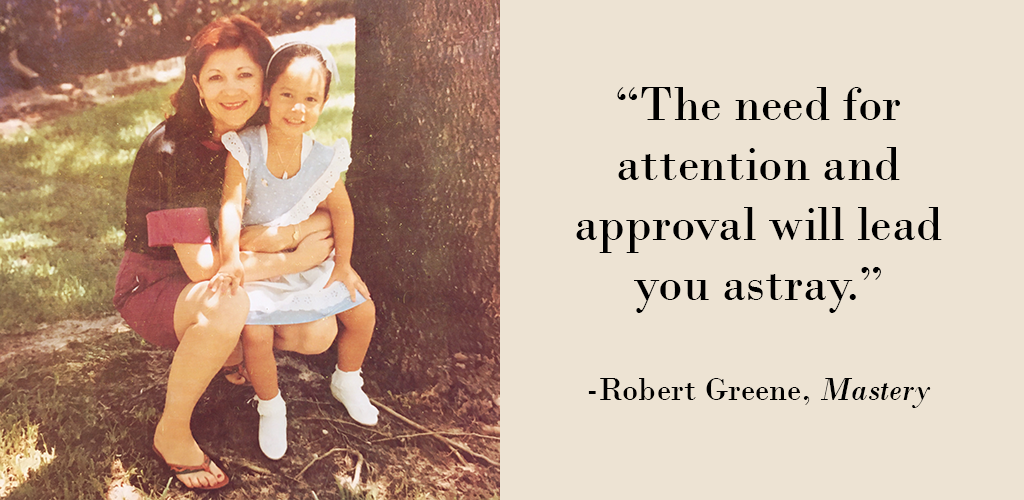
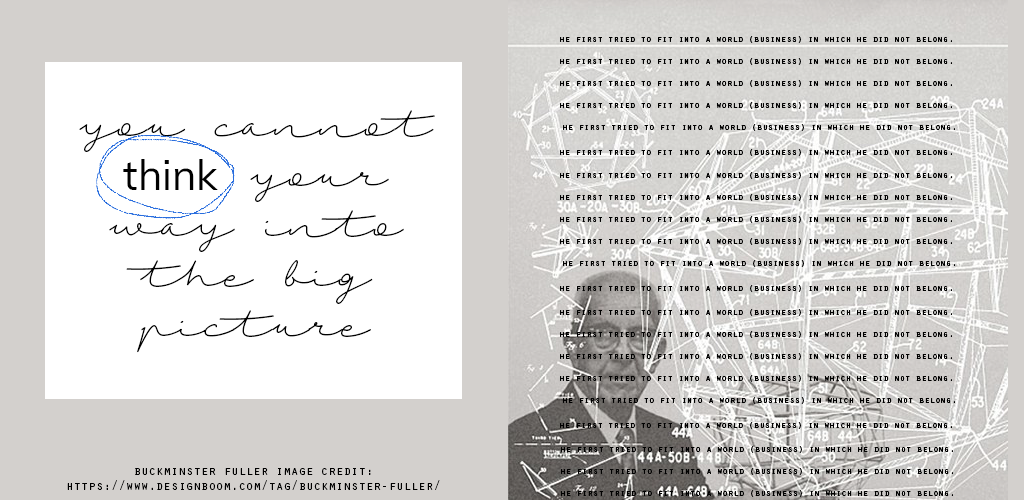
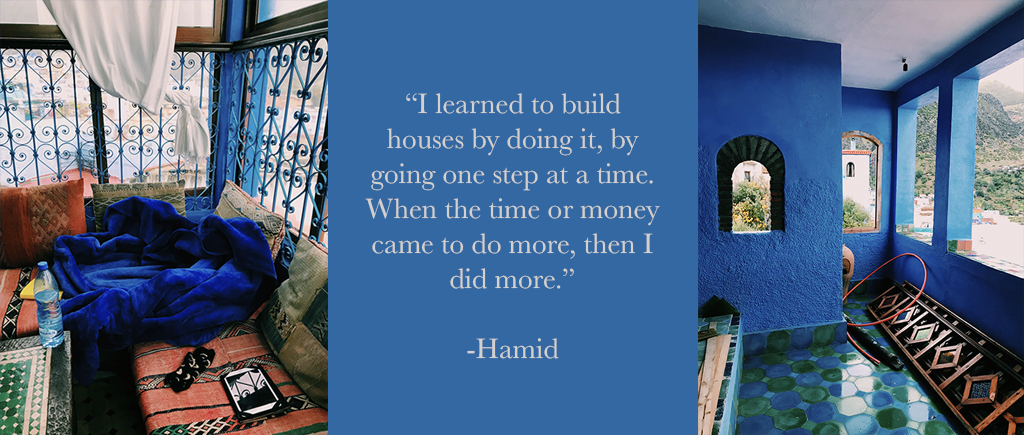


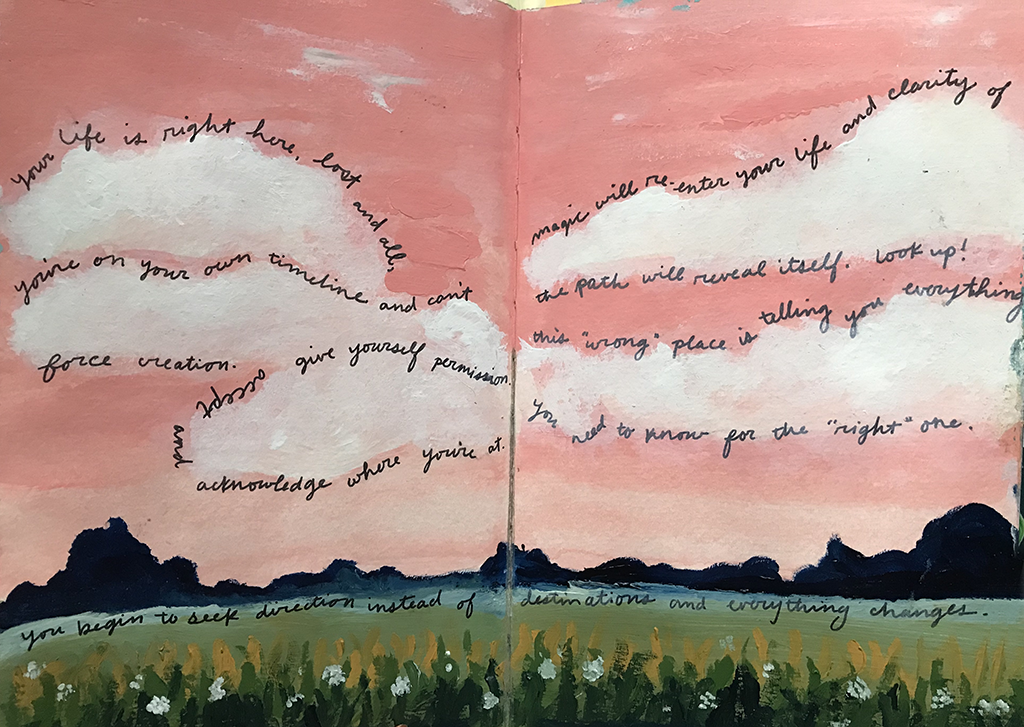
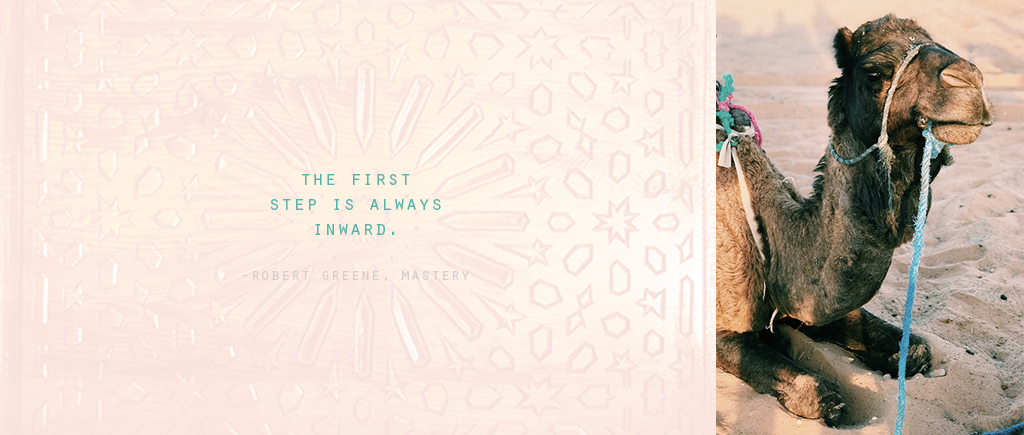
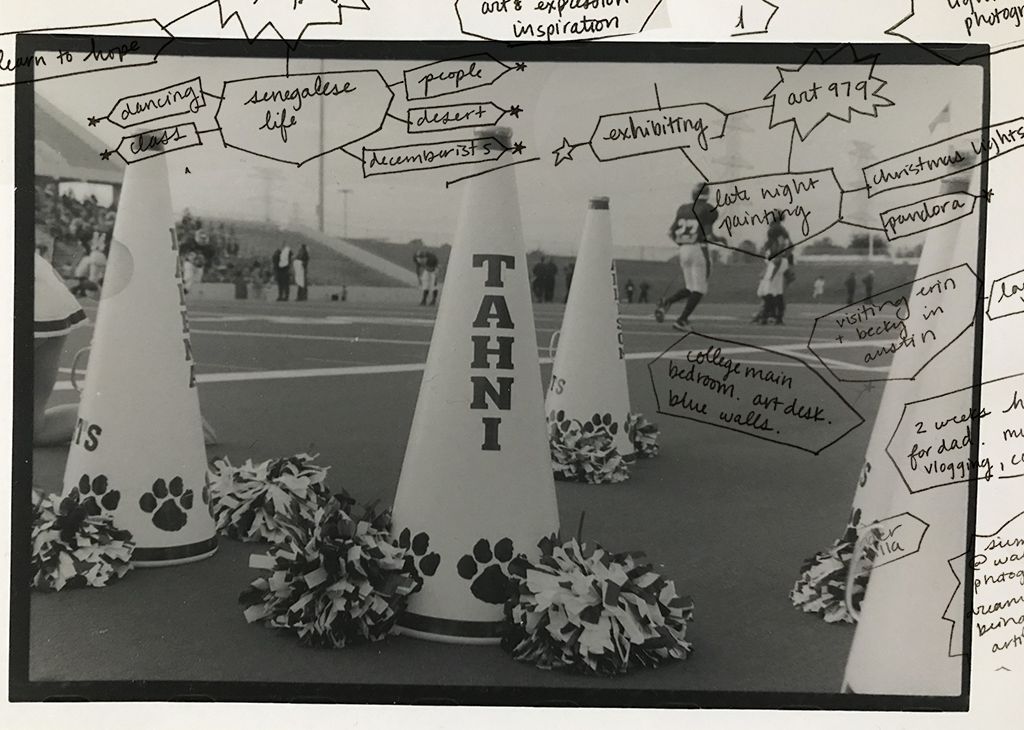
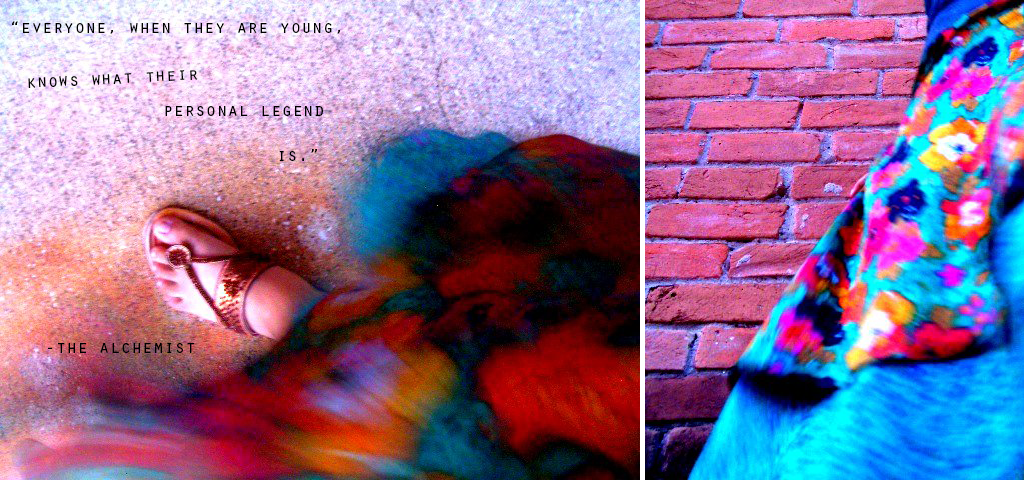
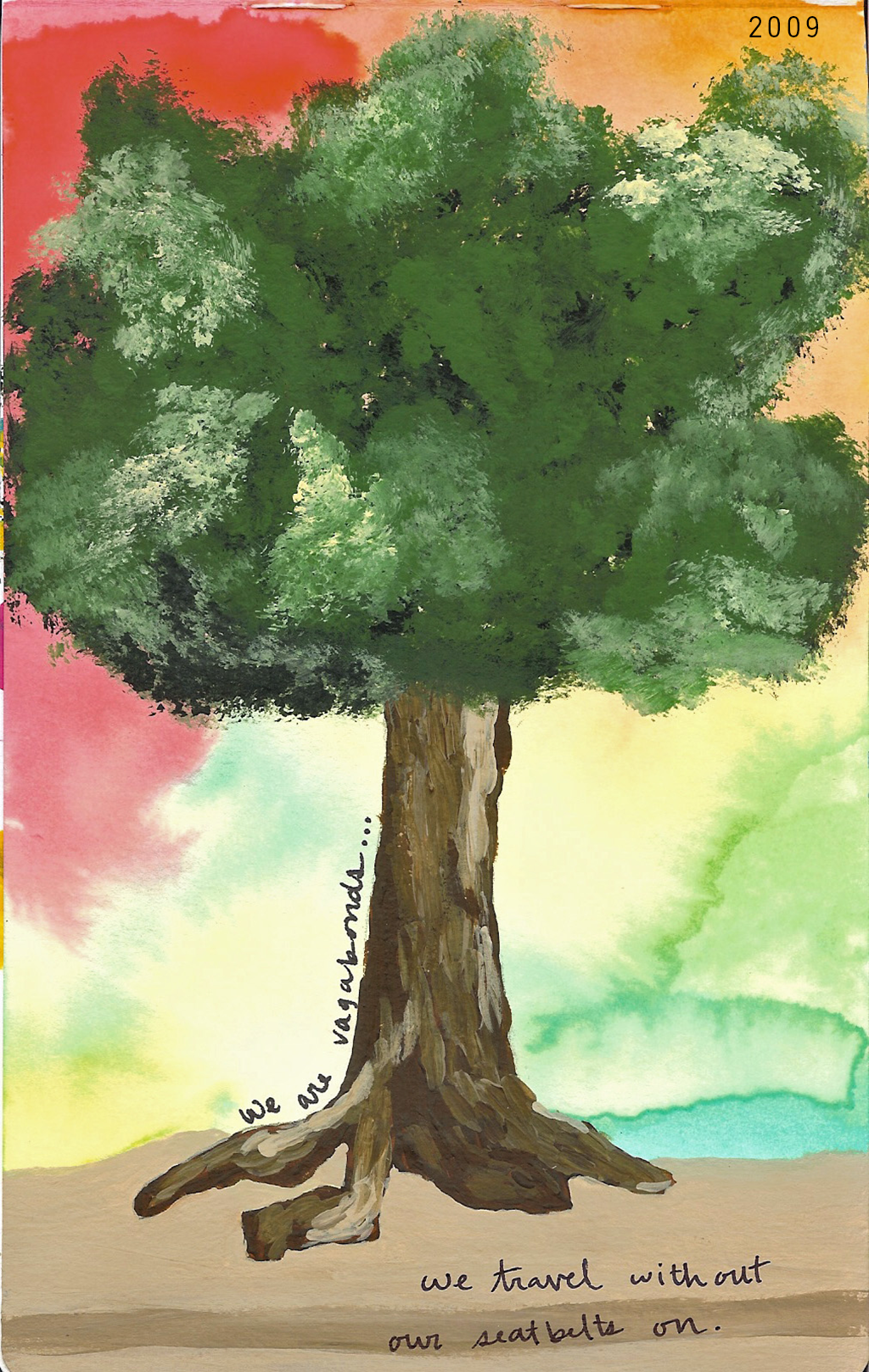
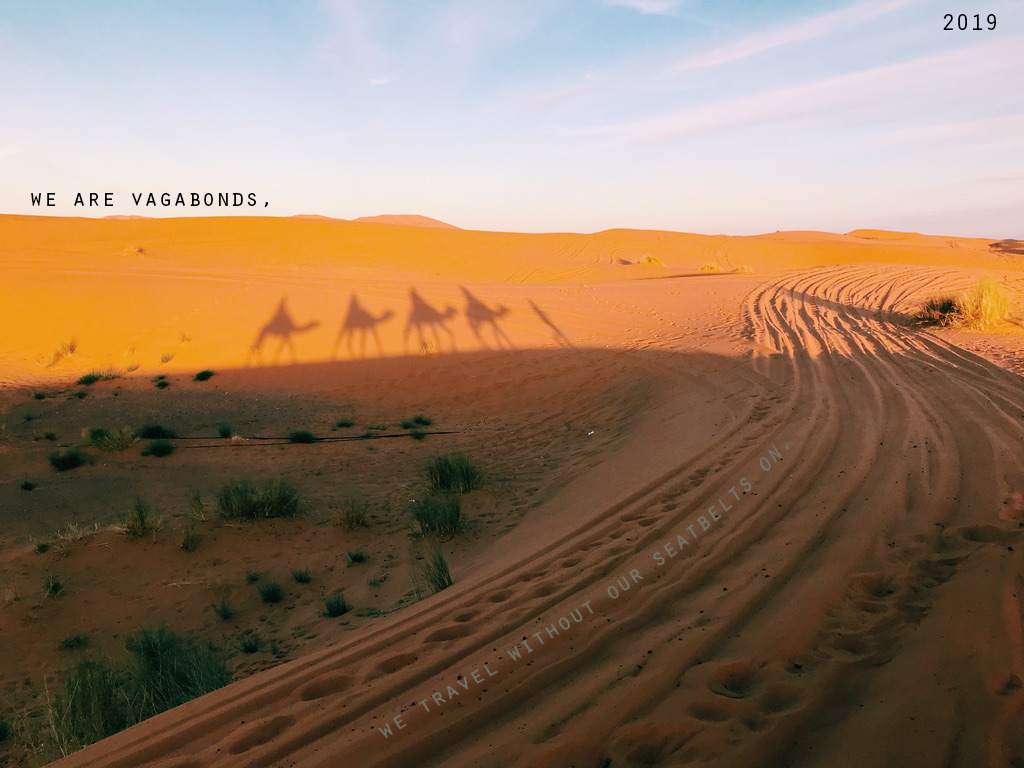
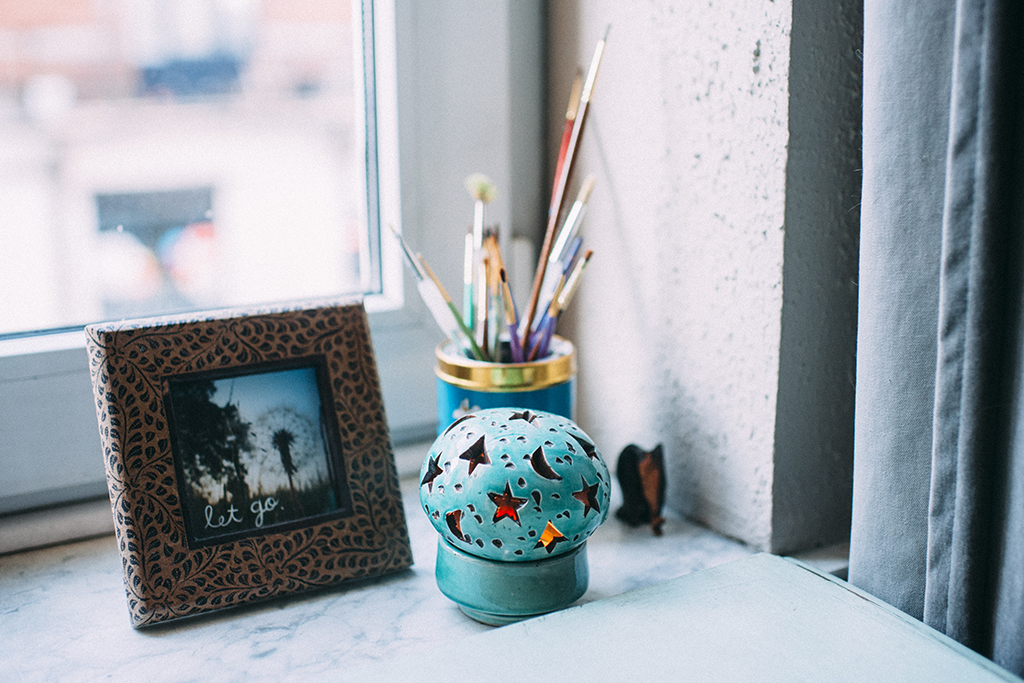

This isn’t a story. It is not a neat narrative, conceived in hindsight in order to present a seemingly linear ambition. Rather, it is an empirical exploration into “thinking through making” — a concept developed by anthropologist Tim Ingold in his 2013 philosophical exposition on the relationship between art, architecture, archaeology, and anthropology.
I take as my starting point Ingold’s simple question:
What does it mean to do anthropology with art?
How can anthropology and art collaborate to generate a living, breathing analytical sensibility? Furthermore, how can I enliven my research, my client work, and my work as an artist and photographer by thinking and making through this question?
This post—meant to be a sensory experience in making and viewing that reaches beyond words—depicts the jarring encounter with self-authenticity after having spent the better part of 18 months attempting to build something that looked like someone else’s trajectory. It is about being confronted with the concrete manifestations of abstract philosophical notions, accelerated by a journey into a desert not too far from one that formed me over a decade ago.
Buckminster Fuller, whose portrait is in one of the pieces above, is described by Robert Greene as having tried to fit into worlds in which he did not belong. In experiencing his own rupture of sorts, Fuller’s choice moving forward is recounted by Greene:
“He swore that from that moment on he would listen to nothing except his own experience, his own voice. He would create an alternative way of making things that would open people’s eyes to new possibilities.”
Robert Greene, Mastery.
To listen to one’s own voice, to follow one’s own voice, Greene continues, requires a journey inwards in a process of self-discovery. The end result, as explicated by Ingold, cannot be known in advance—it is a “process of work, not a project of the mind” (p. 56). It requires moving one step at a time, learning as you are making and what’s more, when the time or the resources come. Moving forward in this way, then, splinters the foundation of the-way-things-have-always-been, tilling the soil for new possibilities.My own moment of rupture was not exactly the beginning, and it is certainly not the end. But it is a charge I take up here, supported by the wisdom gathered from thinkers, makers, colleagues, research participants, and friends. If Luminesce got off to a rather dull and soul-less start in 2019, I’ll take this rupture as a the opportunity to course correct and begin again.
References
“Buckminster Fuller | Architecture And Design News And Projects”. 2020. Designboom | Architecture & Design Magazine. https://www.designboom.com/tag/buckminster-fuller/.
Coelho, Paulo. 2015. The Alchemist. HarperCollins.
Greene, Robert. 2012. Mastery. Viking Press.
Ingold, Tim. 2013. Making. London: Routledge.
McCoy, Maxie. 2018. You’re Not Lost. TarcherPerigee.
Personal Fieldnotes. 2019.
All art and photography by me, unless otherwise specified.